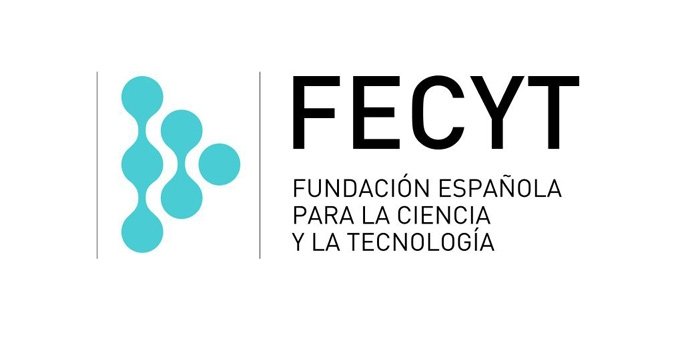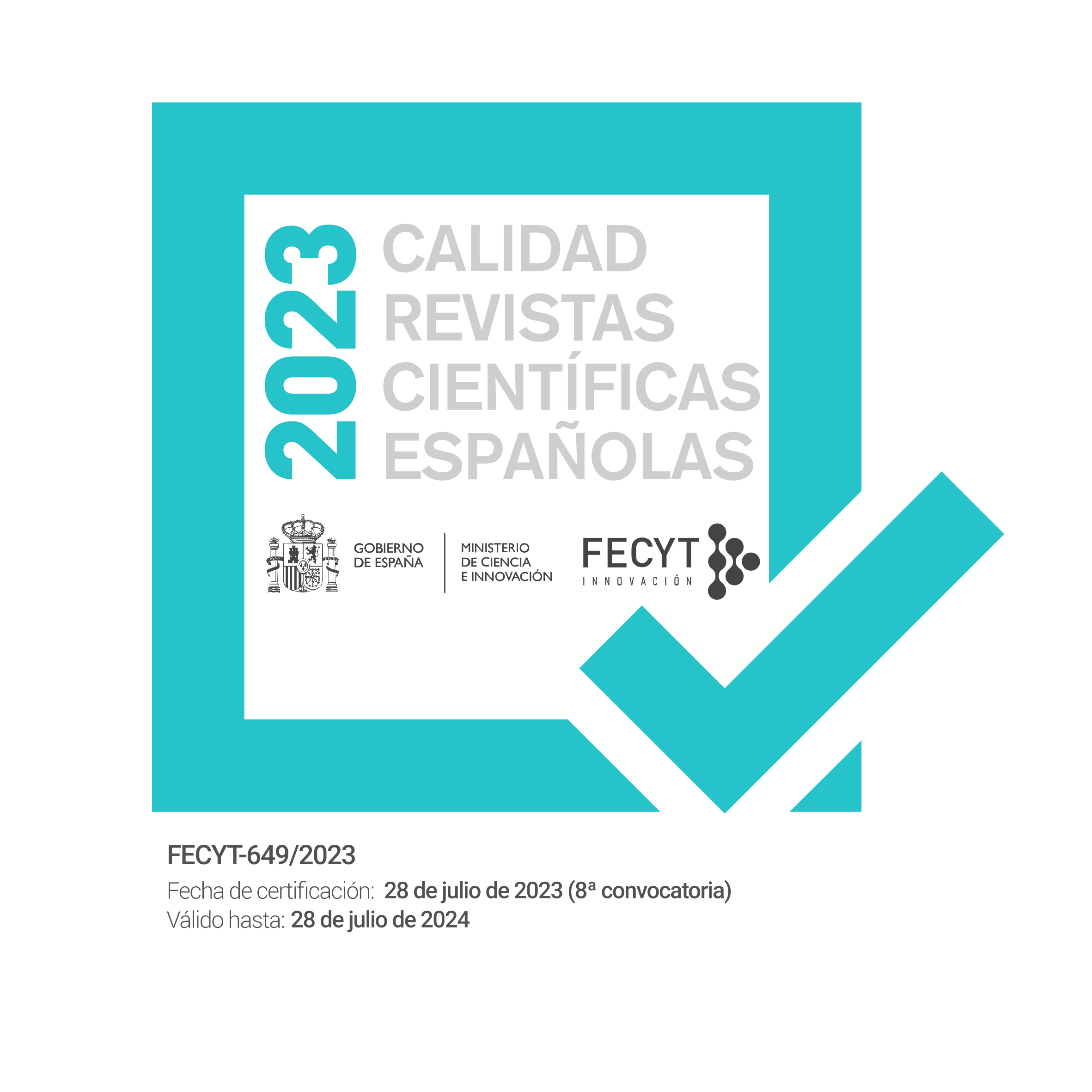Study of spatial autocorrelation in the commercial real estate market of the city of Madrid
DOI:
https://doi.org/10.17561/ree.n2.2023.7854Keywords:
Gross yield, commercial premises, spatial autocorrelation, Moran Index, LISAAbstract
The availability of spatial attributes makes it possible to quantify the degree of clustering or randomness of a variable in space, thus offering valuable contributions to exploratory analysis. Particularly, the use of spatial autocorrelation indices makes it is possible to delve into the distribution of a variable at both global (Moran's index) and local (LISA) scales and identify patterns between spatial units whose neighborhood links are set according to the hypothesis.
However, despite the extensive use of such indices in fields such as ecology and epidemiology, the use of these techniques in the analysis of variables in real estate contexts has been limited, although it should be noted that it helps to define the importance of the spatial component in the value of a property and whether there is a clear relationship with surrounding properties.
In the context of the national real estate market, and given the importance of retail trade, specifically in Madrid, the use of such indices is essential. Therefore, this paper offers an exploratory spatial analysis corresponding to data on commercial premises for sale and rent in 2020, a period characterized by the compulsory closure of non-essential trade and subsequent limitations in capacity, opening, and closing hours.
The results show patterns among the 21 districts that make up the city, serving as a basis for the study of the gross yields of commercial premises, which in turn have been among the real estate products with the most favorable evolution in the last year.
Downloads
References
REFERENCIAS
Acs, Z. J., Anselin, L., & Varga, A. (2002). Patents and innovation counts as measures of regional production of new knowledge. Research policy, 31(7), 1069–1085. https://doi.org/10.1016/S0048-7333(01)00184-6
Anselin, L. (1995). Local Indicators of Spatial Association—LISA. Geographical analysis 27 (2), 93–115. https://doi.org/10.1111/j.1538-4632.1995.tb00338.x
Arbia, G., Espa, G., & Giuliani, D. (2015). Analysis of spatial concentration and dispersion. In Handbook of research methods and applications in economic geography. Edward Elgar Publishing. https://doi.org/10.4337/9780857932679.00012
Barreca, A., Fregonara, E., & Rolando, D. (2021). EPC Labels and Building Features: Spatial Implications over Housing Prices. Sustainability, 13(5), 2838. https://doi.org/10.3390/su13052838
Dale, M. R., & Fortin, M. J. (2002). Spatial autocorrelation and statistical tests in ecology. Ecoscience, 9(2), 162–167. https://doi.org/10.1080/11956860.2002.11682702
Datar, R. y Harish G. (2019). Hands-on exploratory data analysis with R: become an expert in exploratory data analysis using R packages. 1st edition. Packt Publishing.
Dubin, R. (2003). Robustness of spatial autocorrelation specifications: some Monte Carlo evidence. Journal of Regional Science, 43(2), 221–248. https://doi.org/10.1111/1467-9787.00297
Gandrud, C. (2020). Reproducible Research with R and RStudio. Chapman & Hall/CRC The R Series. CRC Press. ISBN: 9780429629594. Retrieved from https://books.google.es/books?id=ezX3DwAAQBAJ
Goodchild, M. F. (1986). Spatial Autocorrelation. 1st edition. Geo Books, Norwich.
Goodchild, M. F. (2009). What Problem? Spatial autocorrelation and geographic information science. Geographical Analysis, 41(4), 411–417. https://doi.org/10.1111/j.1538-4632.2009.00769.x
Legendre, P. (1993). Spatial Autocorrelation: Trouble or New Paradigm? Ecology, 74(6), 1659–1673. https://doi.org/10.2307/1939924
McIlhatton D., McGreal W., Taltavul, P., Adair A., (2016), Impact of crime on spatial analysis of house prices: evidence from a UK city, International Journal of Housing Markets and Analysis, Vol. 9 Iss 4 pp. https://dx.doi.org/10.1108/IJHMA-10-2015-0065
Moran, P. A. P. (1948). The interpretation of statistical maps. J. R. Stat. Soc. Ser. B-statistical Methodol. 10 (2), 243–251. https://doi.org/10.1111/j.2517-6161.1948.tb00012.x
Páez, A., Farber, S., & Wheeler, D. (2011). A Simulation-Based Study of Geographically Weighted Regression as a Method for Investigating Spatially Varying Relationships. Environment and Planning A: Economy and Space, 43(12), 2992–3010. https://doi.org/10.1068/a44111
Pebesma, E. (2018). Simple Features for R: Standardized Support for Spatial Vector Data. The R Journal, 10(1), 439–446. https://doi.org/10.32614/RJ-2018-009
Sanchez Navarro, D. (2012). Una Propuesta Metodológica Para La Definición De Mercados Geográficos Relevantes (A Proposed Methodology for Defining Relevant Geographic Markets). Available at SSRN 2221339.
Siabato, W., & Guzmán-Manrique, J. (2019). La autocorrelación espacial y el desarrollo de la geografía cuantitativa. Cuadernos De Geografía: Revista Colombiana De Geografía, 28(1), 1–22. https://doi.org/10.15446/rcdg.v28n1.76919
Silge, J., Robinson, D. (2017). Text Mining with R: A Tidy Approach. Estados Unidos: O'Reilly Media. https://doi.org/10.5555/3165010
Souris, M. (2019). “Epidemiology and geography: principles, methods and tools of spatial analysis”. ISTE. https://doi.org/10.1002/9781119528203
Team, R. 2022. R: What is R? Vienna, Austria: R Foundation for Statistical Computing. https://www.r-project.org/about.html/
Team, RStudio. 2021. RStudio: Integrated Development Environment for R. Boston, MA: RStudio, Inc. http://www.rstudio.com/
Tobler, W. R. (1970). A Computer Movie Simulating Urban Growth in the Detroit Region. Economic Geography, 46, 234–240. https://doi.org/10.2307/143141
Waller, L.A., & Gotway, C.A. (2004). Applied Spatial Statistics for Public Health Data. https://doi.org/10.1002/0471662682
Wu, G., Guo, W., & Niu, X. (2023). Spillover effect analysis of home-purchase limit policy on housing prices in large and medium-sized cities: Evidence from China. PloS one, 18(1), e0280235. https://doi.org/10.1371/journal.pone.0280235
Wulder, M., & Boots, B. (1998) Local spatial autocorrelation characteristics of remotely sensed imagery assessed with the Getis statistic, International Journal of Remote Sensing, 19:11, 2223–2231, https://doi.org/10.1080/014311698214983
Yin, Z., Sun, R., & Bi, Y. (2022). Spatial-Temporal Change Trend Analysis of Second-Hand House Price in Hefei Based on Spatial Network. Computational intelligence and neuroscience, 2022, 6848038. https://doi.org/10.1155/2022/6848038
Published
Issue
Section
License
Copyright (c) 2023 Romina Andrea Silvera Vies, Ana Debón, Javier Ribal

This work is licensed under a Creative Commons Attribution 4.0 International License.
- Authors maintain the copyright, but they guarantee the journal its right for publication, that is under Creative Commons Licence, permitting others share the work, whereas clearly indicating the author and the first publication of the journal.
- Authors could adopt non-exclusive licence agreements for delivering the published version, whereas clearly indicating the first publishing in Revista de Estudios Empresariales. Second Era.
- Authors are encouraged to spread their works through Internet before and during the sending process, in order to make interesting scientific discussions that could increase the cites of the published work (Open Citation Project).
Revista de Estudios Empresariales. Second Era, uses PKP Preservation Network (PN).




























